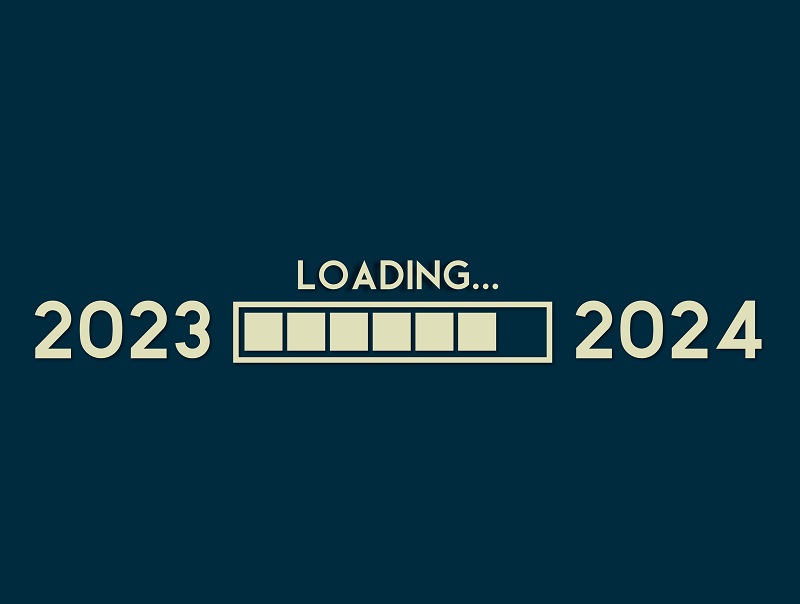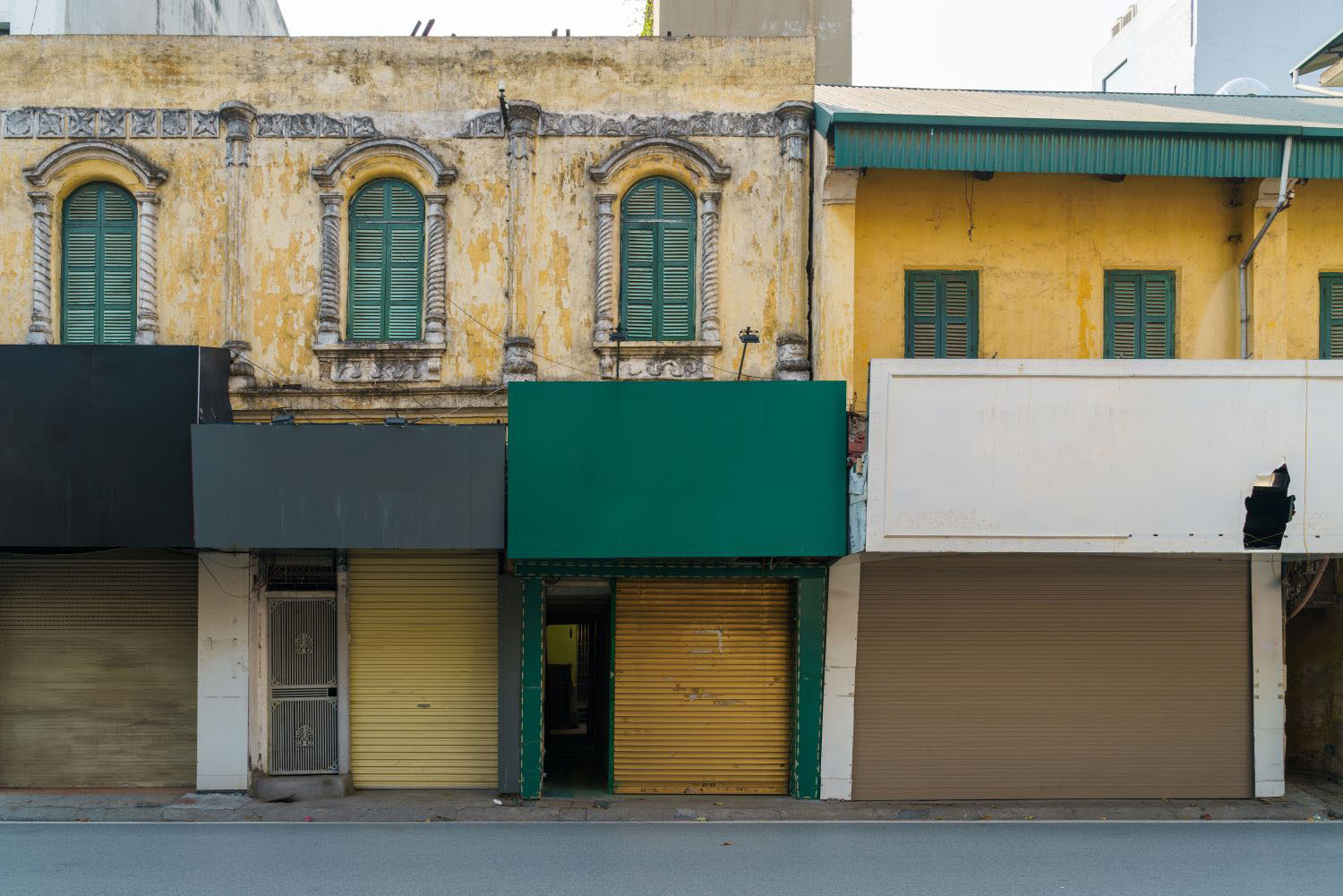February 11, 2013
This podcast was originally recorded in December, 2012In December, members of the Latin American Shadow Financial Regulatory Committee (CLAAF) convened at CGD to discuss global financial and monetary developments affecting Latin America. The CLAAF, which meets here twice a year, usually offers policy and regulatory recommendations for finance ministers. central bankers and financial regulators in the region. This time the committee proposed something quite different: the five-page statement CLAAF issued after two days of deliberation recommended the creation of a new regional financial institution—a Latin American Liquidity Fund, to supplement the efforts of the International Monetary Fund (IMF) when the next global financial crisis hits.My guest on this week’s Wonkcast is CLAAF chair and CGD senior fellow Liliana Rojas-Suarez. Liliana tells me that CLAAF is in a unique position to influence Latin American financial policies. The committee is comprised of former Latin American finance ministers and central bank presidents who are also renown economists and able to place the CLAAF recommendations directly in the hands of key decision makers.Before we get to the rationale for a new fund, Liliana and I briefly review the long experience in the region with financial crises, and the sometimes long-lasting effects that accompany such disruptions. She recalls that the region was battered by frequent crises in the second half of the 20th century generated by lax fiscal and monetary policies, inadequate financial regulations and weak supervisory frameworks (Argentina, Brazil, Peru, for example). But policy makers in the region learned, policy improved, and the past decade has been characterized by a long stretch of economic stability. In recent years, she says, financial shocks to the region come from elsewhere, notably the US and Europe.One of the reasons that CLAAF members are so well suited to advise in these areas is that CLAAF members were economic leaders in Latin America during the time of the region’s financial troubles who “led Latin America over the last 20-plus years from a region of unsustainable fiscal and monetary policies to a stable, growing region,” Liliana says.So why the need for a new liquidity fund? The problem with maintaining high levels of liquidity through accumulation of international reserves is that it can be very costly, especially now when global interest rates (the rate of return for holding international reserves) are at almost-zero levels Liliana explains. Having liquid assets-on-hand means that the resources aren’t being utilized in other alternatives uses, such as the financing of public investments or the amortization of external debt. Nonetheless, having endured one financial crisis after another, CLAAF members are convinced that having adequate liquidity is critical to weathering future crises. Pooling liquidity into a shared fund can help reduce these costs. That’s essentially the idea behind the IMF.And while Latin American countries currently have good ties with the IMF, the CLAAF argues that there are important advantages to having an additional source of shared liquidity ready when the need arises.“If all the countries that pre-qualify for the IMF flexible credit line tried to utilize the line at once, there wouldn’t be enough money,” Liliana says. In such a situation, the IMF would quite reasonably give preference to systemically important countries such as Brazil or Mexico, leaving smaller Latin American countries to fend for themselves. This is where the proposed Latin American Liquidity Fund could step in – to quickly help the smaller countries who would qualify for IMF assistance but might not be able to access it in a timely fashion when crisis hits.Pie in the sky? Maybe not. A small regional financial institution with some of the characteristics of the proposed regional fund already exists. Based in Bogota, the Fondo Latinoamericano de Reservas (FLAR) includes among its members Bolivia, Colombia, Costa Rica, Ecuador, Peru, Uruguay, and Venezuela. FLAR grants loans, guarantees third-party loans, and fosters harmonization of monetary and financial policies among member countries. Liliana tells me that FLAR has a solid track record in disbursing funds in times of financial crisis, just as CLAAF would like to see a larger regional fund do. FLAR has never defaulted, Liliana adds, and has a higher credit rating than any of the individual member countries.CLAAF suggests that FLAR could provide an institutional foundation for the creation of a regional liquidity fund by expanding membership to include the region’s bigger countries, notably Brazil and Mexico, and by engaging with the IMF. For this to work, however, lending procedures and processes would need to be reviewed.Liliana tells me that FLAR contrasts very favorably with the much better known Chiang Mai Initiative, a multilateral currency swap arrangement among the ten members of the Association of Southeast Asian Nations (ASEAN), China, Japan, and South Korea. Launched following the 1997 Asian financial crisis, partly out of disappointment with the IMF’s response to Asia’s troubles, the Chiang Mai Initiative has been the subject of extensive negotiations among members for more than a decade but has yet to extend credit to any of its members.Click here to read CLAAF’s full statement and recommendations (also available in Spanish and Portuguese).
Disclaimer
CGD blog posts reflect the views of the authors, drawing on prior research and experience in their areas of expertise. CGD is a nonpartisan, independent organization and does not take institutional positions.




